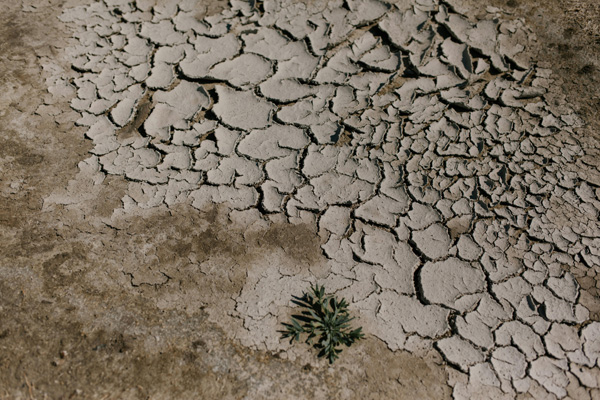Reports indicate a prevalence of ecocide and environmental war crimes in Gaza

[Depiction of the aftermath of ecocide. Photo credit: Pixabay]
On March 29th, The Guardian published an article discussing the “Ecocide in Gaza” and how the level at which the conflict is impacting the environment may even be considered as a war crime.
The term “war crime” should not be used lightly, as in most cases, the general consensus around the term revolves around heinous atrocities committed by dictators in the past.
But it seems now the vocabulary to describe the environment's predicament has run out.
Like any war, both Israel and Palestine have heavily relied on explosive munitions, such as bombs, large ground artillery, and allegedly white phosphorus weapons.
Reports of the use of US-supplied white phosphorus weapons surfaced, notably covered by The Washington Post in December 2023 following Israel’s incursion into Lebanon.
According to The Washington Post, an inside journalist on the frontlines “found remnants of three 155mm artillery rounds fired into Dheira, near the border of Israel.”
It was observed that the ejected ammunition was “saturated with white phosphorus.”
White phosphorus is a chemical that, when it comes into contact with humans, can cause deep burns to the skin.
However, when it is released into the environment, it may pollute, contaminate, and potentially make the surrounding soil infertile.
In combination with alleged white phosphorus munitions, explosives in general have the capacity to not only destroy, but also contaminate the air.
Abu Diab, a resident in Gaza, told The Guardian, “This life is not life.”
He described the profound impact of the conflict on everyday life in the region, highlighting, “There is pollution everywhere – in the air, in the water we bathe in, in the water we drink, in the food we eat, in the area around us.”
Satellite analysis cited by The Guardian estimates that approximately 38-48% of farmland and trees have been destroyed, while Assistant Professor He Yin of Kent State University reports a close to 48% reduction in Gaza’s tree cover between October 7th and March 21st.
According to Forensic Architecture’s independent satellite analysis, a London-based research group investigating state violence, almost a third of cultivated land, imperative for producing crops, has been severely impacted.
The once tall, lean and diverse ecosystem of olive groves and farms has been reduced to rubble, contaminated by the pollutants of explosive munitions and fine particles.
Even locals express shock and dismay at the unrecognizable landscape, with one individual telling The Guardian, “There is almost nothing to recognize there. No traces of the land we knew. They totally erased it.”
Due to the sheer level of unforeseen environmental destruction, many researchers and environmental organizations claim that the damage will have incomprehensible impacts on Gaza’s ecosystem and long term biodiversity.
Such scale of destruction has caused many to label the ongoing ruination an ecocide and are pressing for investigations of war crimes.
As the toll on Gaza’s environemtn mounts, urgent action is needed to address the fallout of this ecological catastrophe and ensure the mechanisms are in place to prevent future instances of ecocide.

- Ian Park / Grade 11
- Chadwick International

![THE HERALD STUDENT REPORTERS [US]](/assets/images/logo_student_us.png)
![THE HERALD STUDENT REPORTERS [Canada]](/assets/images/logo_student_ca.png)
